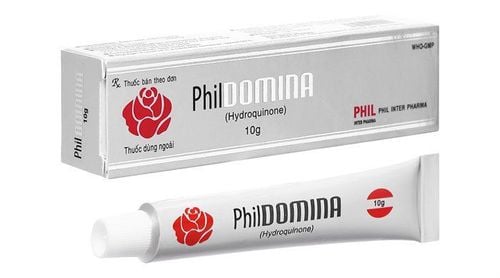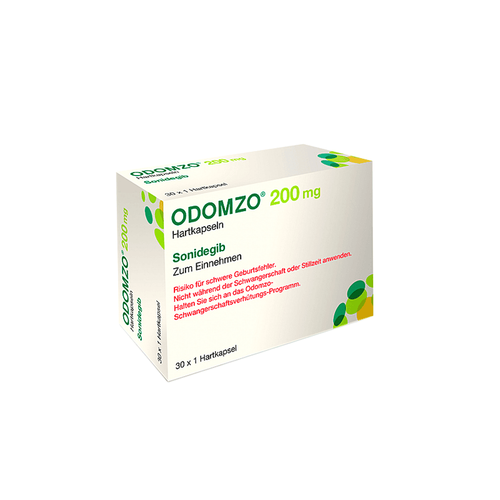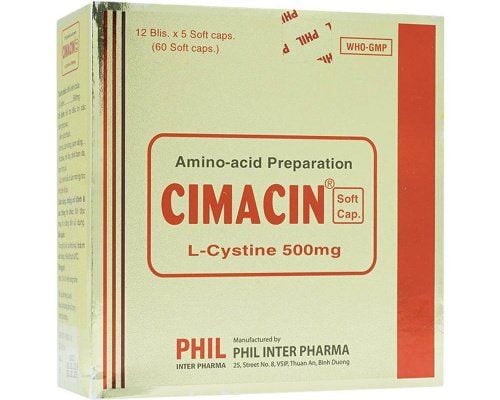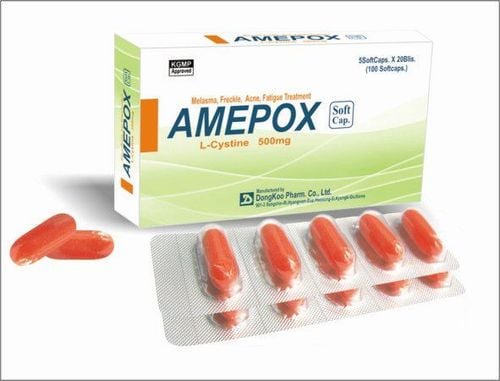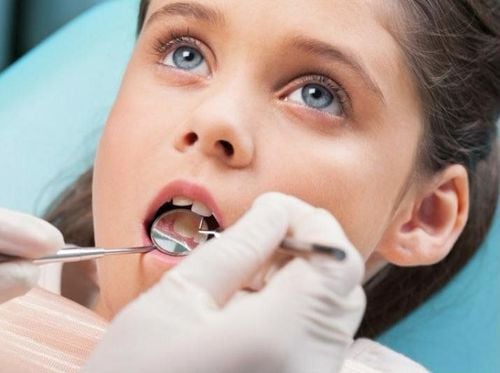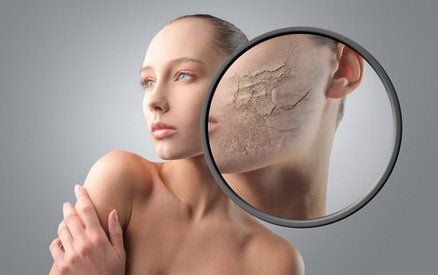This is an automatically translated article.
The skin absorbs sunlight to help produce vitamin D, which is needed for bones. However, the sun's UV rays can also cause damage to the skin, burning, darkening and reducing elasticity, leading to premature aging if not taken care of.1. The nature of sunshine
The sun has many adverse effects on the skin, which can lead to aging, cancer and a host of other related diseases. Exposure to ultraviolet (UV) light causes about 90% of skin damage symptoms.The main component of sunlight is UV rays, which are divided into categories based on their relative wavelengths (measured in nanometers, or nm):
UVC radiation (100 to 290 nm); UVB radiation (290 to 320 nm); UVA radiation (320 to 400 nm); Among them, UVC rays have the shortest wavelength and are almost completely absorbed by the ozone layer. As such, this type of UV light does not really affect the skin. However, UVC radiation can still be found from man-made sources such as mercury arc lamps and germicidal lamps.
The rest is UVB radiation, which does not easily penetrate glass but still affects the outermost layer of the skin (epidermis) and is the main cause of sunburn. The intensity of UVB rays is highest between 10 a.m. and 2 p.m., when sunlight is at its brightest. It is also more intense during the summer months, accounting for about 70% of a person's annual UVB exposure.
In contrast, UVA radiation, which cannot be filtered by glass, was once thought to have only a minor effect on the skin, but today's studies have shown that UVA rays are the main cause of skin damage because of their ability to deeper into the skin than UVB.
2. Effects on skin caused by UVA and UVB rays
Both UVA and UVB radiation can cause a wide variety of skin-related abnormalities, including: Wrinkle formation, aging-related disorders, skin cancer, and impaired immunity to infections . At the same time, UV light also contains the hypothesis that it is capable of breaking down collagen and forming free radicals, which interfere with DNA repair at the molecular level.UV radiation is to increase the number of moles on sun-exposed skin areas. It is also a possible cause of the development of premalignant lesions known as actinic keratosis. Active keratosis is considered precancerous because one in 100 people develops squamous cell carcinoma, which is common on the face, ears, and back of the hands.
UV exposure can also cause seborrheic keratosis, which appears as "trapped" wart-like lesions on the skin. Unlike active keratosis, seborrheic keratosis does not have a tendency to develop into malignancy.
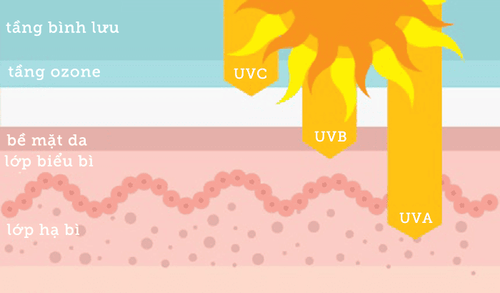
Thường xuyên tiếp xúc với tia UV là nguyên nhân chính gây ung thư da
3. Decomposition of collagen fibers and appearance of free radicals
UV radiation can cause collagen structures to break down at a higher rate than normal skin aging. The mechanism by which UV rays do this is by penetrating the middle layer of the skin (dermis), causing an abnormal accumulation of elastin, which breaks down collagen. With prolonged exposure, this process is accelerated, leading to the formation of wrinkles and rapid sagging of the skin.UV rays are also a factor that stimulates the formation of free radicals. Because electrons are found in pairs, the molecule in the free radical must seek out the missing electron from other molecules, triggering a chain reaction that damages the cell at the molecular level. Free radicals increase the number of collagen-degrading enzymes, which indirectly change the cell's genetic material towards malignancy.
4. Affects the Immune System
The immune system is responsible for making a "shield", against infectious agents and even foreign and abnormal cells of the body, including cancer. This immune defense consists of specialized white blood cells called T lymphocytes and skin cells called Langerhans. When the skin is exposed to excessive sunlight, certain chemicals are released that have a positive effect on blocking these cells, impairing the ability of the whole body immune response.The body's last line of immune defense is apoptosis or the process of cell self-initiation. Accordingly, severely damaged cells are killed on their own and they cannot become cancerous. (This is one of the reasons why skin peels off after a sunburn.) While this process is still not fully understood, excessive UV exposure seems to prevent apoptosis. , giving precancerous cells an opportunity to become malignant.
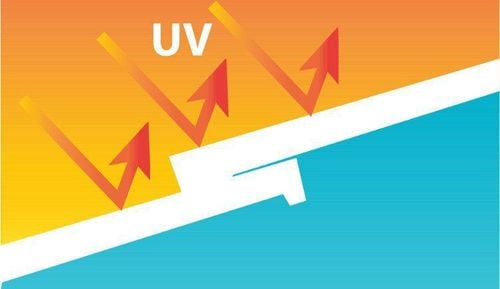
Tia UV nếu tác động trong thời gian dài sẽ làm thay đổi cấu trúc của da
5. Skin damage caused by sun exposure
Energy from UV rays, when impacted for a long time, will change the skin structure, leading to the phenomenon of elasticity due to solar energy. The result is rough, wrinkled skin. Energy from the sun can also make blood vessel walls thinner, leading to easy bruising and spider veins on the surface.By far the most common sun-induced hyperpigmentation changes are freckles. Freckles are formed when the skin's pigment-producing cells (melanocytes) are damaged, resulting in enlarged freckles. Another type is age spots, which often appear on the backs of the hands, chest, shoulders, arms, and upper back often seen in older adults. These hyperpigmentation spots are not related to age at all, as is often misunderstood, but are the result of sun damage to the skin.
On the contrary, long-term UV exposure can also lead to the appearance of white spots on the legs, hands and arms as solar radiation damages the melanocytes in the skin.
6. Skin cancer and melanoma
The sun's ability to cause skin cancer has long been known. The three most common types of skin cancer in clinical practice are melanoma, basal cell carcinoma, and squamous cell carcinoma.In which, malignant melanoma is the most deadly of the 3 types because of its stronger ability to metastasize. In contrast, basal cell carcinoma has the highest incidence but is more often localized rather than metastatic. The remaining squamous cell carcinoma is the second most common type and metastasizes rapidly, although not as common as malignant melanoma.
In short, the sun has many health benefits if each person has appropriate protection and skin care measures from overexposure. Regular exposure to UV rays over many years is a major cause of skin cancer. Therefore, everyone can protect themselves with simple measures such as covering sensitive areas, applying sunscreen, avoiding going out when the sun is strong,...
Please dial HOTLINE for more information or register for an appointment HERE. Download MyVinmec app to make appointments faster and to manage your bookings easily.




